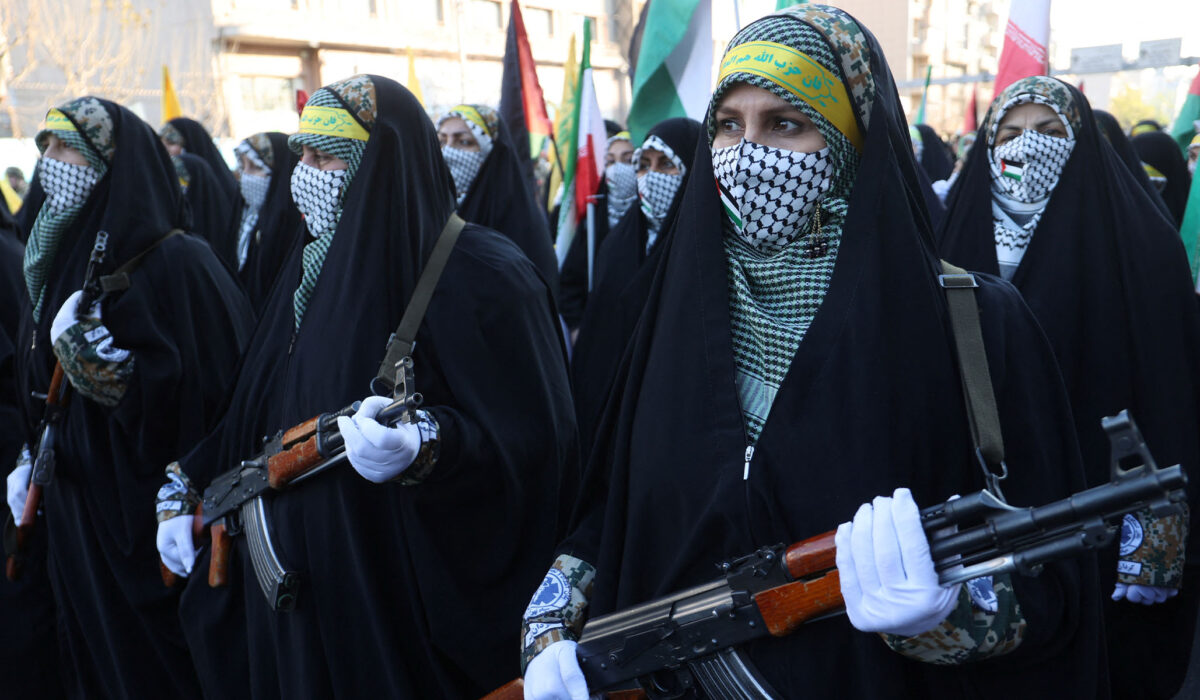Iran’s Return to Repression: Why the World Should Care
Iran is at a dangerous crossroads and the signs are hard to miss. A regime that once relied on mass arrests, show trials, and public executions is testing how far it can push dissention. The question is whether outside pressure will be enough to stop a slide back into brutality.
“Without consequences or outside pressure, the regime could revert to the same violent persecution that marked the early years of the Islamic Revolution.” That line captures a real danger both for Iranians and for regional stability. History shows what can happen when a government faces no credible restraint.
The early years after the 1979 revolution were defined by ruthless suppression of opponents and a climate of fear. Revolutionary institutions were built to eliminate rivals and to enforce ideological conformity. Those mechanisms did not vanish; they remain part of the state’s toolbox.
Today’s crackdown borrows familiar tactics: security sweeps, opaque legal proceedings, and harsh sentencing aimed at silencing critics. This is not a mere law-and-order response. It is an attempt to intimidate a population that has shown it wants change.
State media and hardline elements frame dissent as chaos and foreign meddling to justify heavy-handed moves. That narrative lets policymakers avoid accountability while eroding basic freedoms. Meanwhile ordinary citizens pay the price with arrests, job loss, and fear.
International reaction matters because the regime reacts to leverage and isolation as much as to domestic pressure. Sanctions, diplomatic costs, and public exposure all impose real consequences on leaders and patrons. The goal should be to change calculations within Tehran without amplifying suffering among ordinary people.
Policymakers who prefer quiet diplomacy must recognize its limits in the face of concerted repression. Quiet talks without enforcement allow bad actors to keep doing what they do. A credible mix of pressure and principled engagement creates space for moderation.
Support for Iranian civil society can take many forms that do not directly arm activists but that bolster their chances for peaceful change. Clear asylum pathways, secure communications, and broadcasting independent information reduce the regime’s chokehold. Tools that protect people and ideas are hard for an authoritarian state to erase.
Regional allies and global institutions also have roles to play in setting norms and imposing consequences for egregious abuses. When the international community speaks with one voice it raises the political cost for oppression. Fragmented or timid responses make repression easier and embolden hardliners.
We should not pretend that pressure alone is a cure-all. But when unchecked brutality becomes normalized, the alternatives are grim. A world that tolerates backsliding risks repeating the worst chapters of Iran’s recent history.
Iranians asking for dignity and basic rights deserve more than platitudes. Their demands are simple and concrete: safety, fairness in law, and an end to arbitrary punishment. Supporting those principles aligns with democratic values and with national interests that favor stability over chaos.
The current moment is both a warning and an opportunity. Decisions made now will shape whether Iran returns to cold, systematic repression or moves toward a future where rights and rule of law matter. The stakes are high, and the world should respond with clarity and resolve.

